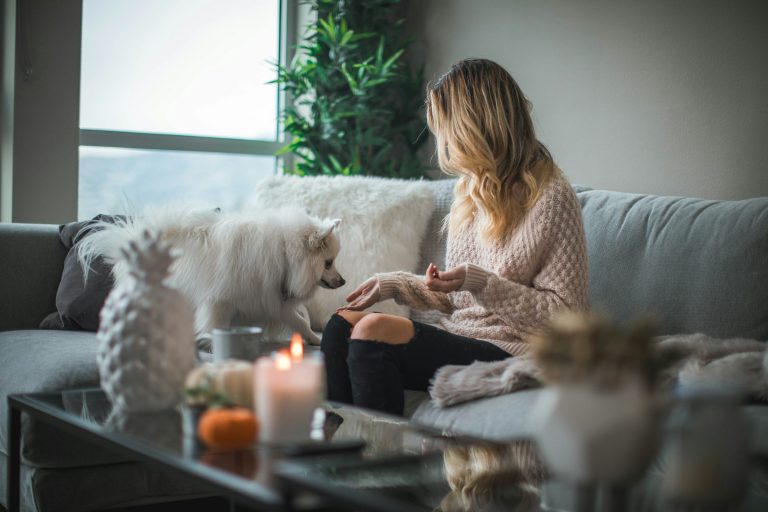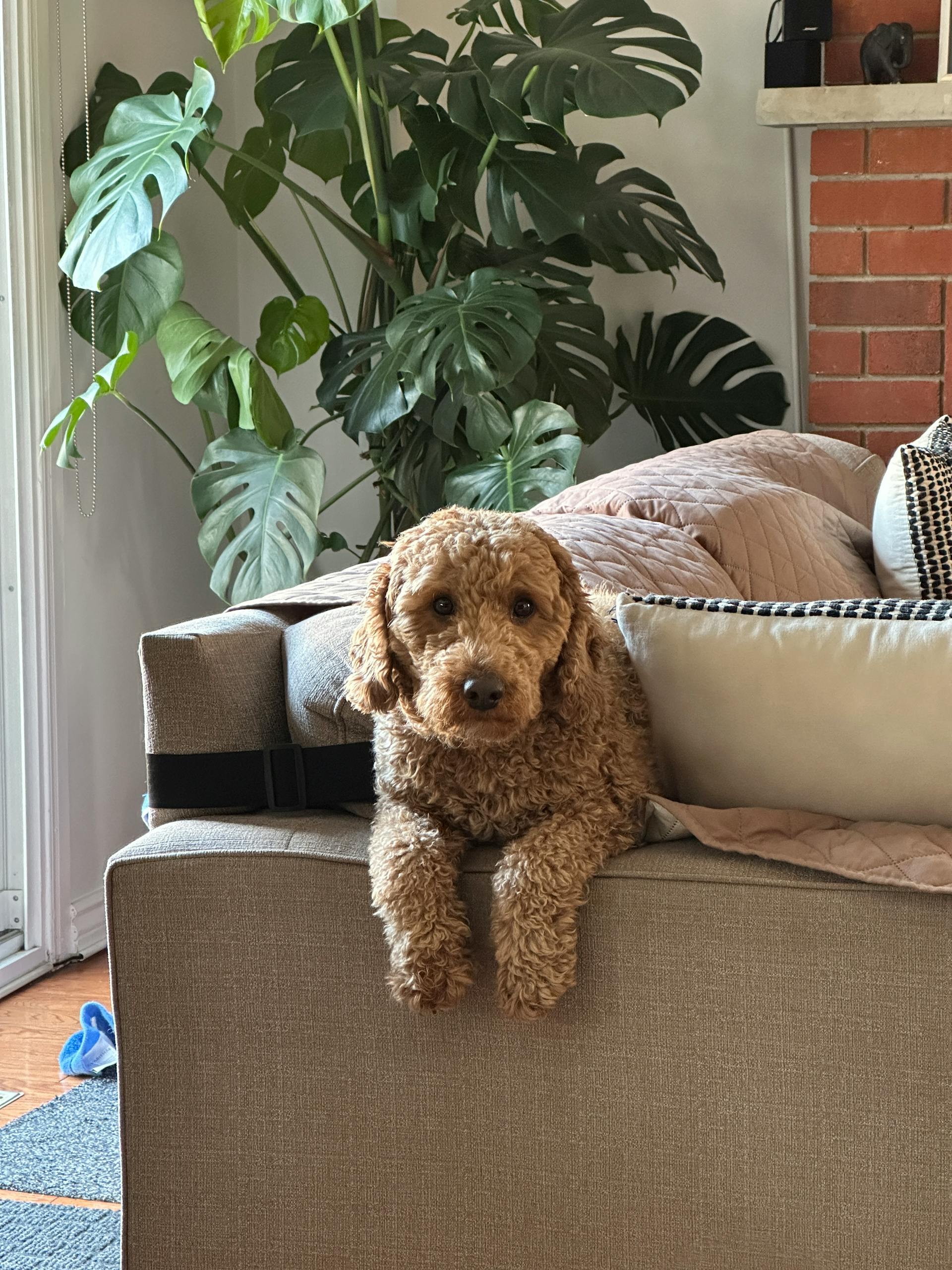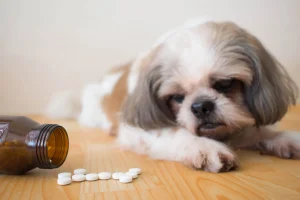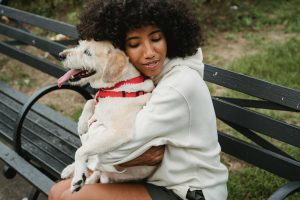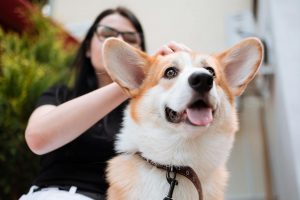As a pet parent, you will probably know the responsibilities of owning one. You have to feed, train, groom, and play with your furry companion. And don’t forget the regular vet visits that should be taken care of to ensure your pooch’s well-being. Beyond these duties, you also have to do your best for your pet’s safety.
Unfortunately, several health hazards lie hidden in your living space, some being fatal for dogs and cats. The American Society for the Prevention of Cruelty to Animals reports receiving hundreds of thousands of calls related to accidental exposure to these toxins in 2023 alone. The more worrisome part is that pets were exposed to over 351,000 items/substances during the year.
You may be cautious about houseplants, chemical cleaners, and paints lying around. However, considering the number of potential toxins, there might be many more things to worry about. The worst part is that the lesser-known health hazards for pets at home are often overlooked by pet owners.
Understanding these hazards can help create a safer environment for your beloved companions. In this article, we will explain the hidden household culprits that pose risks to pets.
Toxic Foods
Let’s start with toxic foods that can harm the delicate digestive system of your dog or cat. There are several misconceptions regarding feeding human food to pets. Being aware of what is safe and what isn’t can save your furry baby from a lot of trouble.
Healthline has a comprehensive list to help pet parents. Carrots, eggs, peanut butter, and salmon are safe bets if you want to show your pet some love. Salt, cheese, and cashews should be fed sparingly. Conversely, onions, garlic, chocolates, macadamia nuts, grapes, and raisins should be avoided.
Digging deep into the reasons for avoiding these foods gives you more insight. For example, chocolate contains theobromine, which is harmful to dogs and cats. Onions and garlic can damage red blood cells, leading to anemia. Macadamia nuts can cause tremors, weakness, and hyperthermia in dogs, while grapes and raisins put them at risk of acute kidney failure.
Garbage
Pets often scavenge through trash cans, exposing them to spoiled or moldy food. Your furry baby can fall prey to garbage toxicosis by ingesting decaying food contaminated with bacteria or toxins. RSPCA notes that garbage can actually kill. Watch out for symptoms like vomiting, diarrhea, seizures, appetite loss, dehydration, and weakness.
Besides contaminated food, your pet may also be at risk of exposure to chemicals in food packaging. The Scientific American recently published an article stating that 61 unexpected PFAS (forever chemicals) have been found in food packaging.
These are the same chemicals that occur in the cancer-causing firefighting lawsuit. The AFFF-based firefighting foam products have been under scrutiny for causing cancer risks to firefighters and veterans, notes TorHoerman Law.
The AFFF lawsuit settlement amounts are expected to be huge, reaching up to $500,000 for high-value cases. The sheer size of these claims underscores the severity of threats these toxins can cause. Besides humans, pet animals may also be at risk.
Keep your trash cans covered with secure lids to prevent exposure to contaminants in food and packaging. Also, ensure that garbage is always out of reach of pets.
Personal Care Products
Most pet parents are aware of the hazardous toxins found in chemical-based cleaning supplies. These can cause gastrointestinal distress or respiratory issues if inhaled or ingested. For this reason, organic cleaners like lemon and vinegar are preferred for cleaning.
As lesser-known hazards, many personal care products pose significant risks to pets. Items like lotions and deodorants may contain harmful ingredients. The danger is bigger because these items are often found lying around in most homes. Diapers or feminine hygiene products are also dangerous because they often attract pets due to their scent.
To keep pets safe, store all personal care products in cabinets beyond reach. For diapers and sanitary pads, dispose of these items securely and keep bathroom trash cans covered.
Human Medications
According to the American Kennel Club, the bedroom is the place where the maximum number of accidental pet poisoning happens. That’s because most people place their medications on the nightstands, and their fur babies can easily grab the pills. Leaving medicines on bathroom and kitchen counters is a habit pet parents should avoid.
Several human medications can be dangerous to pets. Pain relievers such as Ibuprofen and Acetaminophen can cause severe internal damage or even death. Vomiting, seizures, or coma are the possible side effects of antidepressants. Sleeping pills and blood pressure medications are also dangerous.
As a rule, you must always store medications out of reach. Also, never administer human drugs without veterinary guidance.
Frequently Asked Questions
What should I do if my pet ingests a hazardous substance?
The first thing you should do is to avoid panicking, no matter how scary the situation seems. If you suspect your pet has ingested something toxic, contact your veterinarian right away. Provide them with as much information as possible so that they can recommend an appropriate solution.
How can I tell if my pet is sick due to something they ingested?
Pets are inherently curious, making them prone to ingesting things when they find them. You can look for some red flags indicating accidental ingestion. Vomiting, diarrhea, lethargy, loss of appetite, or unusual behavior are some signs to watch out for. If any symptoms arise after potential exposure, seek veterinary advice promptly.
Are any plants dangerous for pets?
Yes, many common household plants can be toxic to pets. The worst part is that they appear totally harmless. Lilies can be toxic to cats, while philodendrons and sago palms are toxic to both dogs and cats. Research pet-safe plants every time you bring a new plant indoors or in your backyard.
Keeping pets safe from lesser-known health hazards at home requires vigilance and knowledge. Awareness can prevent dangerous, sometimes fatal, poisonings and save pets and their owners from challenging situations. Follow this checklist to keep hazards away from your beloved pawed companion.

